Raw Sauerkraut (Only Takes 4 Days!)
This post contains affiliate links including Amazon affiliate links.
Raw Sauerkraut
Learn to make raw sauerkraut that is filled with probiotics. This tangy and crunchy condiment can be made at home in a few days with 2 ingredients.
Making your own raw sauerkraut at home is simpler than you might think. You don’t need fancy equipment, just a few simple ingredients.
So ditch the store-bought stuff and make your own, which will save you money in the long run.
What is Raw Sauerkraut?
Raw sauerkraut is made with cabbage, white or purple, that is thinly sliced, covered in salt, then placed into glass jars to ferment for a few days up to several weeks.
After fermenting you get a sour-tasting cabbage that is perfect as a condiment with anything you are eating.
You see, raw sauerkraut goes through a fermentation process where bacteria convert the sugars in the cabbage into lactic acid. The lactic acid preserves the cabbage and gives sauerkraut its tangy flavor.
Benefits of Raw Sauerkraut
Raw sauerkraut and other fermented foods are good for helping with digestion and it’s a great source of probiotics.
My obsession with cabbage started because of Alex Lewin and his book, Real Food Fermentation.
First I thought it was exciting to learn how to make raw sauerkraut. Then I couldn’t stop making the raw sauerkraut recipe… The process is easy as 1-2-3.
I asked Alex for permission to share his raw sauerkraut recipe with everyone. I like this recipe and raw sauerkraut tutorial because I thought it would be so complicated that I would never attempt to make it.
Then I made it and realized, “I made raw sauerkraut in like 10 minutes…”
I’ll even make it between commercial breaks for a t.v. show. The hard part is waiting for it to ferment.
If you have Alex’s book, Real Food Fermentation, his Basic Sauerkraut recipe is on page 61.
Tools for this recipe
- Large cutting board
- Large knife
- VERY Large mixing bowl (emphasis on the VERY large. Shredded cabbage takes up a lot more room than you think)
- 1-quart mason jar (950 ml) with a tight-fitting lid.
- I recommend a food scale.
Raw Sauerkraut Ingredients
This simple sauerkraut recipe only requires 2 ingredients!
- cabbage, green or red
- sea salt
How to Make Raw Sauerkraut
Take the outer leaves off of the cabbage. Cut into 4 wedges. Take your large bowl and place it on the food scale.
Make sure your weight is represented in grams.
Press tare to show only the weight of what is placed in the bowl. Using a knife/mandolin or food processor shred the cabbage.
You can shred it thin or thick.
I find it is easier to shred the cabbage thin because you can massage it better in the next step. As you are shredding the cabbage, place it in the bowl to weigh.
Stop when you reach a weight of 900 grams of cabbage. It is important to keep the ratio of salt to the weight of cabbage because fermentation is a science.
Measure out 4 teaspoons of sea salt and sprinkle it all over the cabbage.
If your hands are dry you should wear gloves to do the next part.
Massage the salt into the cabbage. You need to release water.
Keep scrunching handfuls of cabbage.
You are done massaging the salt into the cabbage when you can squeeze the cabbage and water comes out.
Don’t stop at a trickle of water, continue until water is pouring out when you squeeze it.
Pack the mixture into your clean jar. Stopping once in a while to use a spoon to push it down. All of the cabbage can fit into one jar.
When you are done packing the jar with shredded cabbage, pour the water that is left in the bowl, into the jar. Push the cabbage down so there are no air pockets.
The cabbage should be covered with water.
Ensure there is at least 1 inch of space between the top of the cabbage and the mouth of the jar because the cabbage will expand as it ferments.
Close the lid of the jar and place it in a cool, dark place.
Sometimes I place the fermenting jars in the basement and other times in a kitchen cupboard.
Check on the sauerkraut every day.
When you are checking, open the lid, look for tiny bubbles, smell it, and taste it. As it ferments the taste will change from blah to sour.
Use a fork to push the sauerkraut back under the liquid.
It takes 4 days to ferment. You can allow it to ferment longer to get a more sour taste.
Once the sauerkraut has fermented to the taste you like, you can store it in your fridge.
Is raw sauerkraut safe to eat?
Raw sauerkraut is safe to eat as long as it has been properly fermented and stored. Raw sauerkraut can be eaten as is, or it can be used as an ingredient in dishes like sandwiches, salads, and soups.
What is the difference between sauerkraut and raw sauerkraut?
Raw sauerkraut is not cooked or heated before it is served. This means that raw sauerkraut retains its beneficial bacteria and nutrients that are produced during the fermentation process.
Some people believe that raw sauerkraut is healthier than cooked sauerkraut because it is filled with live cultures and enzymes.
What are the benefits of raw sauerkraut?
Sauerkraut is a good source of fiber and nutrients like vitamin C, potassium, and iron. It also has probiotics to help to support a healthy gut microbiome.
Gut health
The probiotics in raw sauerkraut may help to support the balance of good bacteria in your gut microbiome, which can help to improve digestive health and prevent digestive issues like constipation and diarrhea.
Immune system support
Some studies have shown that consuming probiotics may help to boost the immune system and reduce the risk of respiratory infections.
Cardiovascular health
Some research suggests that consuming fermented foods like raw sauerkraut may help to lower blood pressure and reduce the risk of heart disease.
Nutrient content
Raw sauerkraut is a good source of nutrients like vitamin C, potassium, and iron. It is also high in fiber, which can help to support digestive health.
Vitamin C
Raw sauerkraut has about 600mg of Vitamin C per cup. (ref) Vitamin C is important for maintaining the health and integrity of your skin and connective tissue and supporting the immune system.
It is also an antioxidant, which means it can help to protect the body’s cells from damage caused by free radicals.
How to eat raw sauerkraut
You can eat raw sauerkraut right out of the jar, or it can be used as an ingredient in a variety of dishes. Below are a few ideas for how to eat raw sauerkraut:
- As a condiment: Raw sauerkraut can be served as a condiment alongside dishes like sandwiches, hot dogs, and burgers. I eat it as a condiment with my breakfast, lunch, and dinner.
- In salads: Raw sauerkraut can be added to salads for a tangy, crunchy texture. Try mixing it with other vegetables like carrots, bell peppers, and cucumbers. Rueben salad would be tasty!
- In soups: Raw sauerkraut can be added to soups for a tangy flavor. It is especially good in potato or bean soups.
- In wraps: Raw sauerkraut can be added to wraps along with other fillings like meats, cheeses, and vegetables.
- As a snack: Raw sauerkraut can be eaten as a snack on its own or mixed with other snacks like nuts or seeds.
How much raw sauerkraut to eat daily
You should eat at least 1 tbsp of raw sauerkraut a day to give you probiotics and help with digestion. (ref)
How many probiotics are in raw sauerkraut?
There is about 1,000–100 million CFUs of probiotics per 1 gram of raw sauerkraut. (ref)
Can raw sauerkraut go bad?
Raw sauerkraut can go bad if it is not stored properly or if it has been contaminated by bacteria or other microorganisms. Here are a few things to consider when storing raw sauerkraut:
1. Temperature
Raw sauerkraut should be stored in a cool, dry place, such as a pantry or a refrigerator. I always store mine in my fridge after I am done fermenting it.
It is important to keep raw sauerkraut at a consistent temperature in order to preserve the beneficial bacteria that are produced during the fermentation process.
2. Air exposure
Raw sauerkraut should be stored in an airtight container to prevent it from drying out or becoming contaminated by other microorganisms.
3. Shelf life
Raw sauerkraut will generally last for several months or even longer if it is stored properly. However, the flavor and texture of raw sauerkraut may change over time, so it is best to consume it within a few months of opening the container.
Keeping it stored in the refrigerator helps to slow the fermentation process so it stops getting sourer.
If raw sauerkraut has a slimy texture or an off smell, it has probably gone bad and should be thrown out.
It is also important to use good hygiene practices when handling raw sauerkraut, such as washing your hands and utensils before and after handling the product so you don’t add more bacteria.
More fermentation recipes to try
- Fermented Pickles
- How to Make Kombucha
- How to Grow a Kombucha Scoby from Bottled Kombucha
- How to Grow Water Kefir Grains
- No Knead Raw Sauerkraut
- Spicy Fermented Garlic
If you love snacks, here are more Paleo desserts and Paleo snacks! Make sure to check out my huge collection of gluten free dinner recipes.
If you loved this recipe, I would be really grateful if you can rate the recipe card and share any photos you took on Instagram using #ditchthewheat and tag me in your post or story.
Raw Sauerkraut Recipe
Raw Sauerkraut
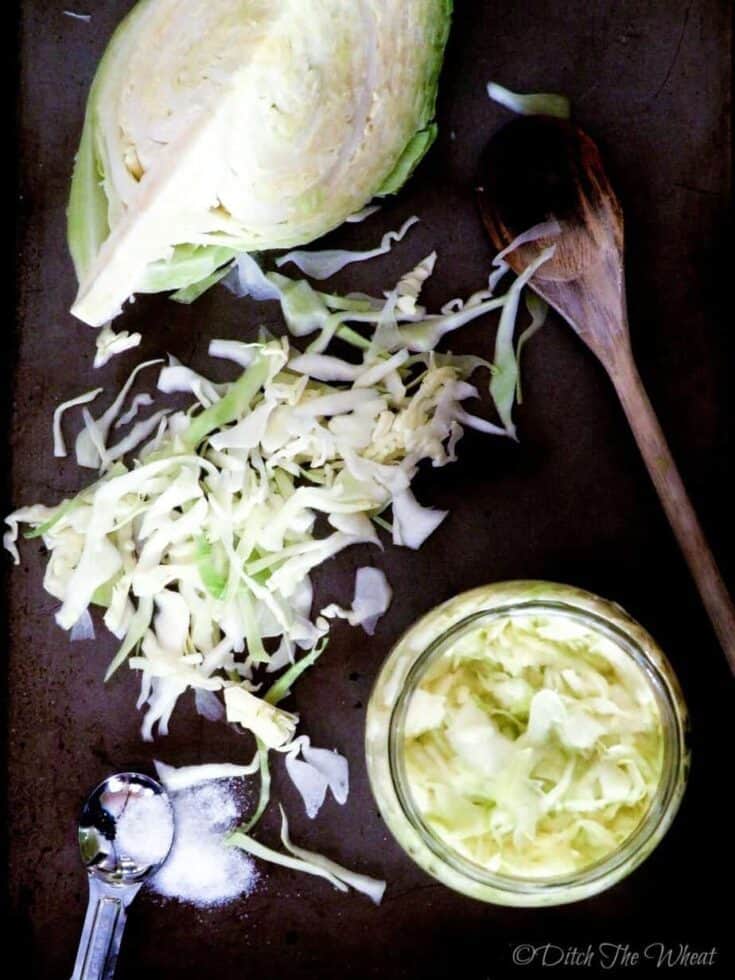
Learn to make raw sauerkraut that is filled with probiotics. This tangy and crunchy condiment can be made at home in a few days with 2 ingredients.
Ingredients
- 2 pounds of cabbage, (900 grams) – green or red cabbage works best
- 4 teaspoons sea salt, (20 grams)
Instructions
- Take the outer leaves off of the cabbage. Cut into 4 wedges. Take your large bowl and place it on the food scale.
- Make sure your weight is represented in grams.
- Press tare to show only the weight of what is placed in the bowl. Using a knife/mandolin or food processor shred the cabbage.
- You can shred it thin or thick. I find it is easier to shred the cabbage thin because you can massage it better in the next step. As you are shredding the cabbage, place it in the bowl to weigh.
- Stop when you reach a weight of 900 grams of cabbage. It is important to keep the ratio of salt to the weight of cabbage because fermentation is a science.
- Measure out 4 teaspoons of sea salt and sprinkle it all over the cabbage.
- If your hands are dry you should wear gloves to do the next part.
- Massage the salt into the cabbage. You need to release water.
- Keep scrunching handfuls of cabbage.
- You are done massaging the salt into the cabbage when you can squeeze the cabbage and water comes out. Don't stop at a trickle of water, continue until water is pouring out when you squeeze it.
- Pack the mixture into your clean jar. Stopping once in a while to use a spoon to push it down. All of the cabbage can fit into the one jar.
- When you are done packing the jar with shredded cabbage, pour the water that is left in the bowl, into the jar. Push the cabbage down so there are no air pockets.
- The cabbage should be covered by water. Ensure there is at least 1 inch of space between the top of the cabbage and the mouth of the jar, because the cabbage will expand as it ferments.
- Close the lid of the jar and place it in a cool, dark place. Sometimes I place the fermenting jars in the basement and other times in a kitchen cupboard.
- Check on the sauerkraut every day. When you are checking, open the lid, look for tiny bubbles, smell it, and taste it. As it ferments the taste will change from blah to sour. Use a fork to push the sauerkraut back under the liquid.
- It takes it 4 days to ferment.
- Once the sauerkraut has fermented you can store it in your fridge.
Notes
Equipment needed:
Large cutting board
Large knife
VERY Large mixing bowl (emphasis on the VERY large. Shredded cabbage takes up a lot more room then you think)
1 quart mason jar (950 ml) with a tight fitting lid.
I recommend a food scale.
Nutrition Information:
Yield:
20Serving Size:
1Amount Per Serving: Calories: 13Total Fat: 0gSaturated Fat: 0gTrans Fat: 0gUnsaturated Fat: 0gCholesterol: 0mgSodium: 429mgCarbohydrates: 3gFiber: 1gSugar: 2gProtein: 1g
DISCLOSURE: Not intended for the treatment or prevention of disease, nor as a substitute for medical treatment, nor as an alternative to medical advice. Use of recommendations is at the choice and risk of the reader. Ditch the Wheat is a participant in the Amazon Services LLC Associates Program. As an Amazon Associate I earn from qualifying purchases. I may receive monetary compensation or other types of remuneration for my endorsement, recommendation, testimonial and/or link to any products or services from this blog. I only endorse products that I believe in.
Carol Lovett is the founder of Ditch the Wheat and a Globe and Mail bestselling author of the cookbook, Ditch the Wheat. She has been eating gluten free since 2010. She loves all things food, natural living, and spiritual. She's also a reiki master and crystal healer.
Gluten Free Resources
Do you need help with gluten free meals?
I recommend this meal-planning app. It makes cooking gluten free dinners extremely easy and family-friendly.
What gluten free snacks can I eat?
Lots! I have a ton of practical gluten free snack recipes in my cookbook.
How can I eat dessert on a gluten free diet?
You can 100% eat dessert while eating gluten free. Try my dessert cookbook for easy gluten free dessert recipes.
How do I know what is gluten free and what isn’t?
I have a whole section is it gluten free?
How do I make substitutions?
If you need substitution advice I created a ton of resources here.


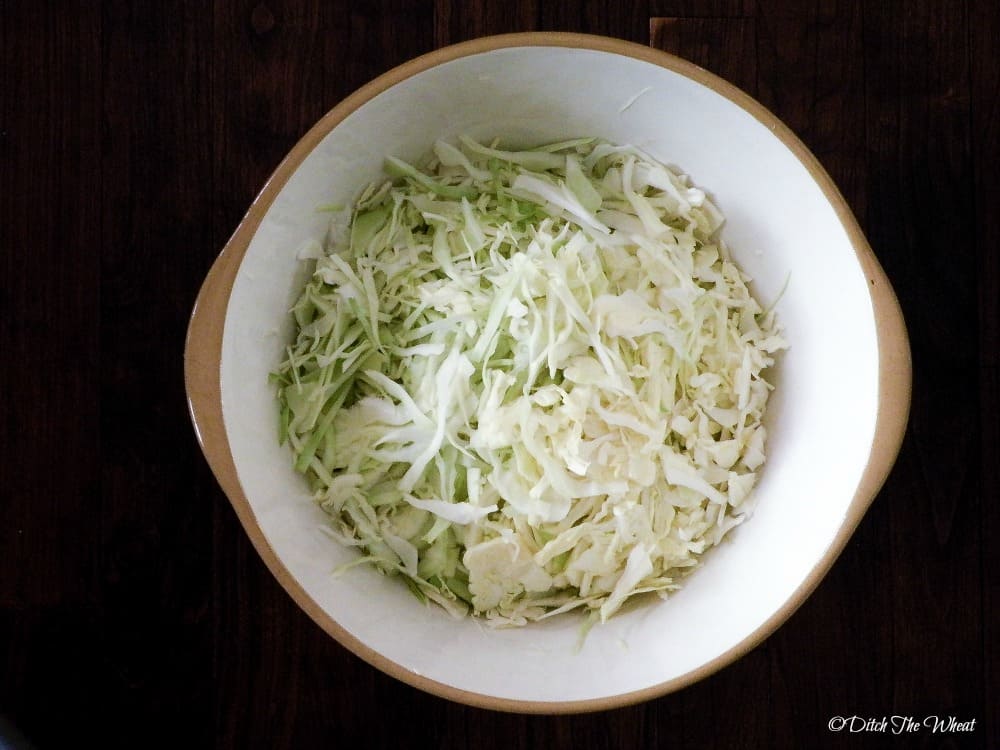
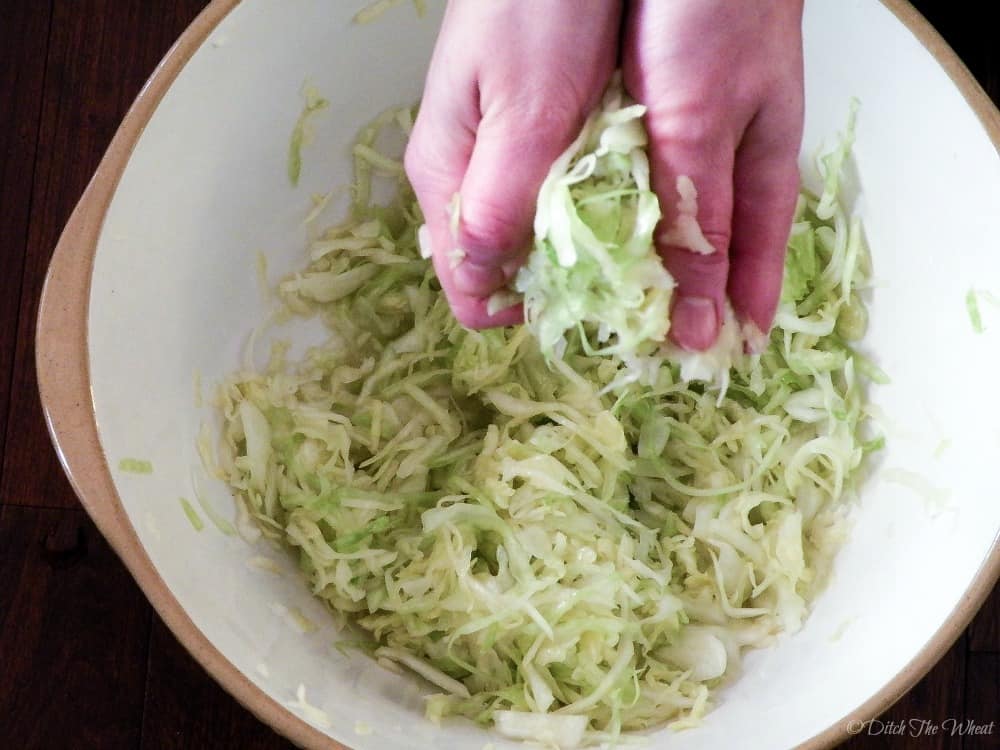
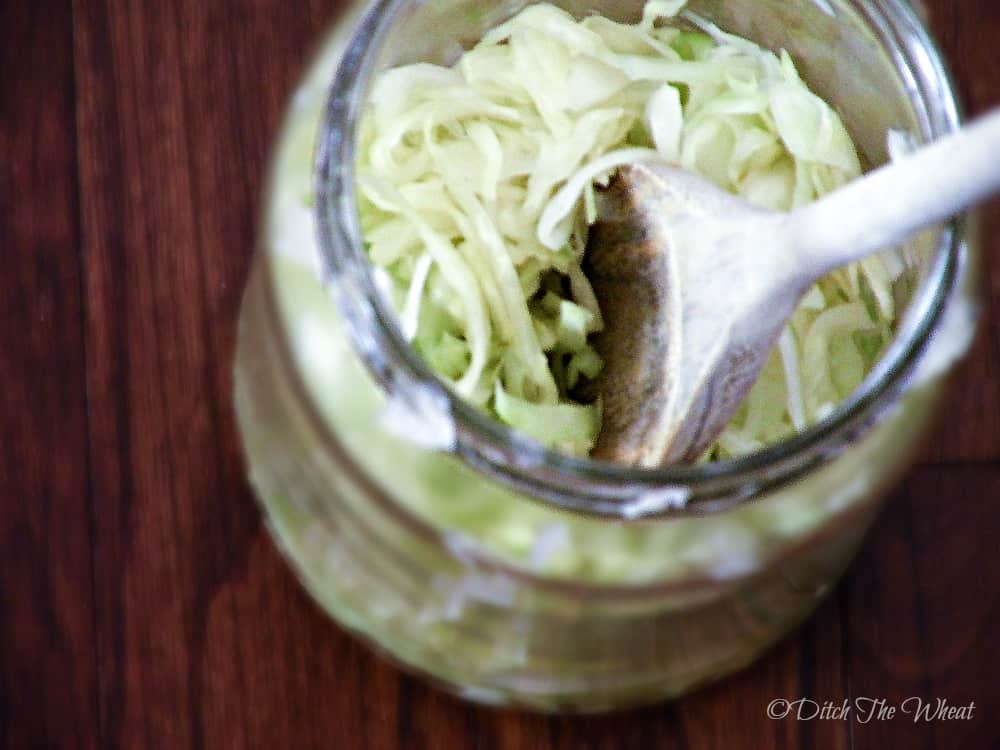

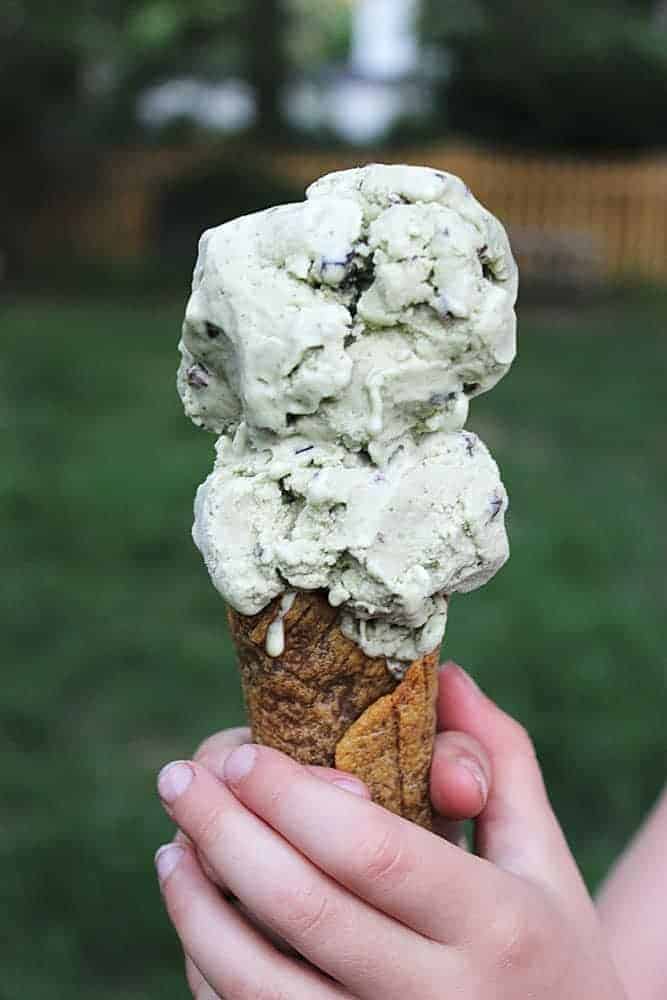
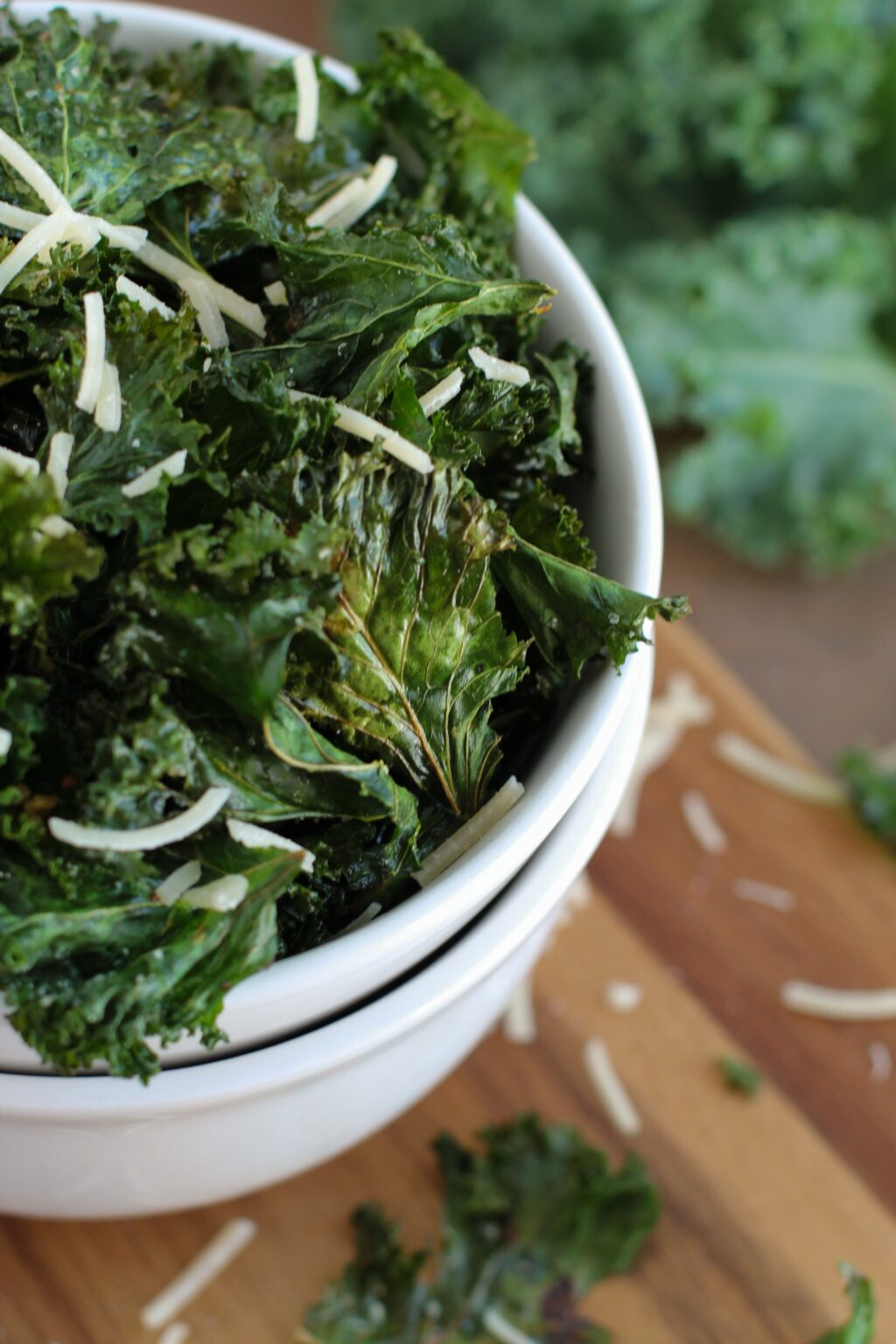


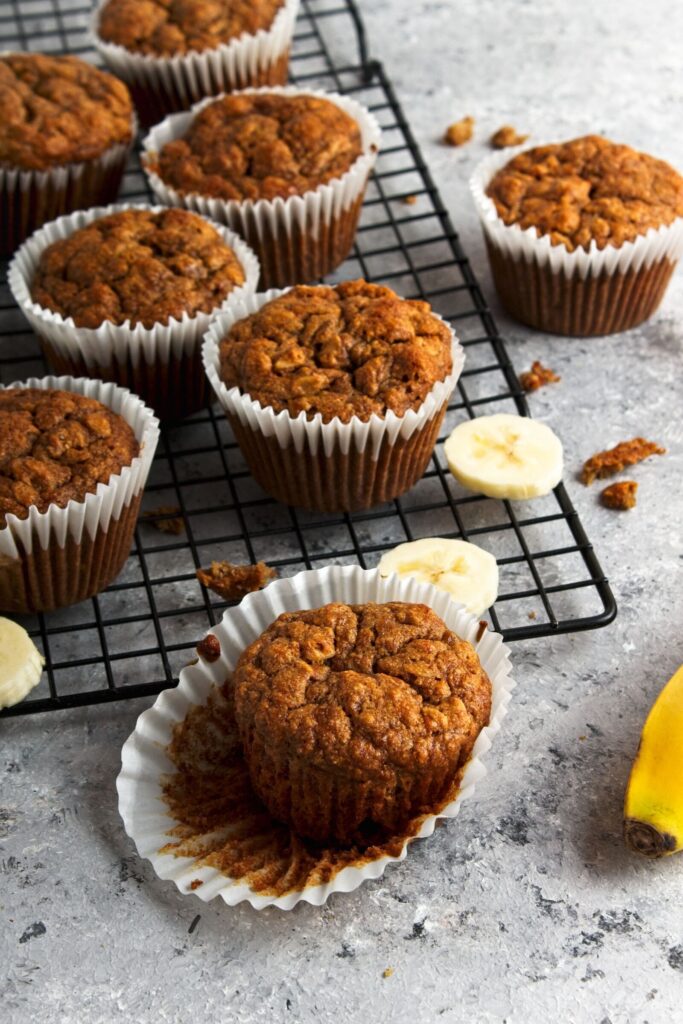
One Comment
Comments are closed.